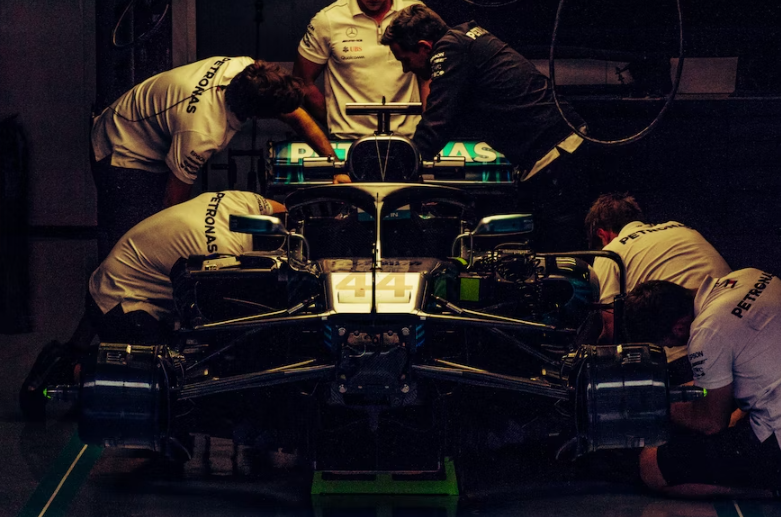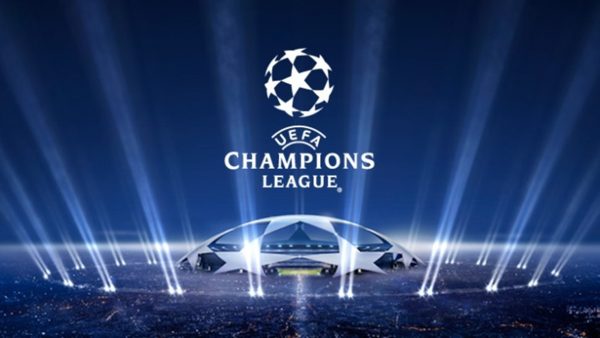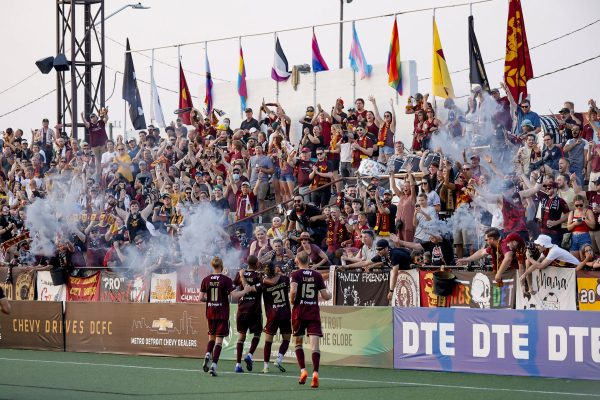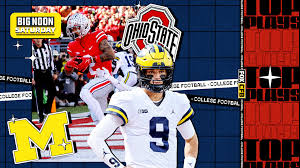So, what is Formula 1, anyway?!
February 14, 2023
The 20 best drivers in the world on 10 teams, racing the fastest cars in the world for the top spot, World Champion.
Becoming popular after World War II, Formula 1 racing has consistently taken racing to the extreme, pushing the boundaries of technology and entertaining people worldwide. While the sport was globally revered, Formula 1 wasn’t as popular in the states, despite multiple races taking place within the country. However, in recent years the sport has been gaining popularity due to Netflix’s documentary show Drive to Survive.
With growing popularity, many Americans find themselves unable to get into the sport due to the unfamiliarity. As someone who has grown up with the sport, I often find myself having to constantly re-explain it to my friends, who still have trouble comprehending it.
So, setting the record straight once and for all, what is Formula 1?
Ten teams, each having two drivers, compete in three-day race events. Day one is reserved for practice. This is where each driver gets familiar with the track; memorizing turns, straights, control, and speed. Data is taken from the car and given back to the team so it can be analyzed for performance strategy and improvement. Drivers compete on different tracks each week, with a different number of laps, in different areas of the world, so practice day is imperative for their performance the rest of the weekend.
Qualifying takes place on the second day. Qualifying determines the starting position for the official race day. The faster the lap, the higher the starting position. Drivers try to shoot for the highest starting position that is within their capability. Good teams such as Mercedes AMG, Ferrari, and Redbull, typically shoot for “Pole Position,” or, first place.
Day three: race day, or, in Formula 1, Grand Prix. Race days are often filled with anticipation and action. Stands are packed as fans cheer for their favorite drivers and teams as they race the track, rain or shine.
Race days are incredibly important, as points for placements are awarded in addition to the trophies for the top three placements. Placements are often referred to as “P” and then the placement number (ex. a driver in 1st place would be referred to as “P1”).
The first ten places earn points. The winner gets the most points, (25), and each place after gets a lesser number of points until P11 or below, where no points are received. Drivers can also earn points for the fastest lap of the race. These points are accumulated over the season in order to determine the championship winners.
The Driver’s Championship is awarded to the driver with the most points received. Max Verstappen, a driver for Redbull, has won the championship for the last two years, ending Lewis Hamilton’s (Mercedes AMG) multi year streak. Currently, Lewis Hamilton and Michael Schumacher are tied for the most Driver’s Championships, seven.
In addition to the Driver’s Championship, teams also have a chance to win the Constructors Championship, which is determined by the total number of points received by both of their drivers.
Formula 1 is a combined effort of hundreds to thousands of people in order to build and operate one car. Each team has to design and manufacture a car as well as rebuild and remodel it for each race.
These cars are designed to move the fastest through air. Formula 1 cars have something called “downface” which forces high pressure to travel above the car with lower pressure traveling under the car so that the car stays on the ground and the drivers have control. That’s why the car has a “wing” in the front. Each car has other unique features that make the car travel faster. It’s literally just a shit ton of aerodynamics.
Teams also have to make sure cars are operating at their full capability on race day. A team of mechanics is constantly monitoring, recording, and analyzing data, and communicating with the driver on performance, strategy and car repairs. The most common way teams communicate with drivers are through radios, however, teams and the FIA often use flags in order to communicate. There are five types of flags:
- Yellow: drivers must slow down, are not allowed to overtake, and need to be prepared to stop or change direction due to a hazard or work happening on or beside the track.
- Green: Allows drivers to resume normal racing.
- Red: Signals that a session has been suspended and the drivers need to reduce their speed and return to the pit lane.
- Blue: signaling for a driver to allow the one behind them in a race because the front car is a lap behind. This overtake is called ‘lapping.’
- Checkered: Signals the end of a race for a driver.
Though systems of flags and radio communication are impressive, one of the most astonishing on-track aspects of Formula 1 teams is the speed of pit stops.
Crew Chiefs communicate with drivers to inform them when they should pit stop during the race. Pit crew members are then prepared for the driver to come in, allowing them to swiftly change anything on the car. The average pit stop time in Formula 1 is 2.5 seconds, making NASCAR look incredibly stupid. (They are).
The most common change at a pit stop are tires. There are three types of tires; soft, medium and hard. The softer the tire, the more grip they have, however, softer tires last less, meaning teams need to strategize what and when a type of tire should be used. Though whether or not teams actually have a strategy, is debatable.
Teams and sponsors spend millions of dollars on these cars. Currently, teams are only allowed to spend a maximum of one-hundred-forty million dollars but, records approximate that teams used to spend between ninety-five and four-hundred-twenty-five million dollars per season.
Despite the large investment, the return is very minimal, even with the popularity of the sport. Though staple workers and drivers make significant amounts of money from the sport and other deals that have come out of their career, companies don’t. Instead, Formula 1 is used as advertising to sell other products such as cars, for teams like Mercedes AMG and Ferrari, and drinks for companies like Red Bull.
With the amount of money spent on Formula 1, critics and adversaries question whether it should continue. Society invests so much money into entertainment, but just like the U.K’s Royal Family, are some not worth it?
Cleo Abram, an independent journalist, shared on a video that the technology aspect is off-putting to some people because so much energy is invested into twenty cars…fossil fuel reliant cars.
With all of the work invested into the sport, does anything useful come out of it? Though F1 doesn’t offer a “trickle-down” effect on the car industry, the technological advancements that Formula 1 cars make is considered “flywheel,” meaning that though the technologies that Formula 1 uses already exists, they use them in ways they haven’t been used before and ultimately improve them for commercial car use.
For example, thermal efficiency which is as Cleo Abram explains, “Percentage of the energy from combustion that actually makes the car go as opposed to being lost to heat.” Most commercial cars only have a twenty to thirty percent thermal efficiency, meaning two-thirds of that energy is being wasted. Formula 1 cars have accomplished a fifty percent thermal efficiency, thanks to hybrid engines, which have been “dragging” the rest of the car industry along since.
Formula 1 has done the same with sensors. Though sensory technology had already existed prior to being adapted on F1 cars, teams utilized the technology in ways that haven’t been used before. This inspired the numerous sensory technologies that have been put on commercial cars, which are becoming more substantial in the design of self-driving cars.
These technological advancements are constantly put to the test, making F1 more than a sport, but also a science experiment.









